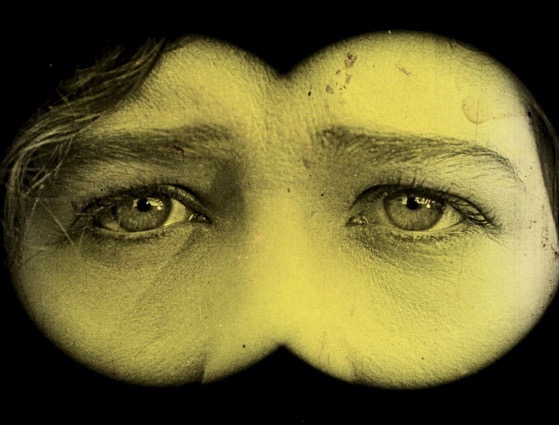This is a great article supporting everything I have been trying to teach in my female-centric MFA History of Screenwriting course, including the idea that these female screenwriters and directors of Early Hollywood were left out of the history books as most of those were written by male historians.
I attempt to correct this in every class and with every research paper I assign – and with our new book of essays When Women Wrote Hollywood: Essays on Female Screenwriters in the Early Film Industry. The article even opens with a quote by Ida May Park taken from the Careers for Women book which essayist Jackie Perez quotes in her full piece on Ida May in our book.
The article concerns “Pioneers: First Women Filmmakers,” a wonderful series that opens Friday in New York City at BAM (Brooklyn Academy of Music) which is being presented with Kino Lorber and the Library of Congress.
“There are tear-splashed melodramas like Alice Guy Blaché’s “The Ocean Waif” (1916), but also slapstick comedies like Mabel Normand’s “Caught in a Cabaret,” starring Charlie Chaplin (1914), and Lois Weber and Phillips Smalley’s thriller “Suspense” (1913). The stories take on love and war as well as poverty (Ida May Park’s 1918 “Bread”); birth control (Weber’s 1916 “Where Are My Children?”); and prostitution (Dorothy Davenport and Walter Lang’s 1925 “The Red Kimona”). One must-see is Marion E. Wong’s “Curse of Quon Gwon: When the Far East Mingles With the West” (1916), thought to be the first feature by a Chinese-American filmmaker. (A chunk is missing but it’s still worth watching.)”
Even if you don’t live in New York to attend the series, you can read all about it – and these marvelous women and their movie-making careers – here:
Thrills, Tears and the Real Gone Girls of Cinema via The New York Times
In the Wild West days of early filmmaking—before Hollywood hardened into an assembly-line behemoth and boys’ club—talented women worked regularly as writers, producers, and directors, instrumental in shaping the very language of cinema as we know it. Nevertheless, figures like Alice Guy Blaché and Lois Weber are known today primarily by aficionados, and artists like Nell Shipman, Grace Cunard, and Marion E. Wong remain woefully obscure. Bringing together dozens of essential new restorations, this series spotlights the daring, innovative, and trailblazing work of the first female filmmakers and restores their centrality to the creation of cinema itself.
Read the entire article – Thrills, Tears and the Real Gone Girls of Cinema via The New York Times
And then order our book here…
